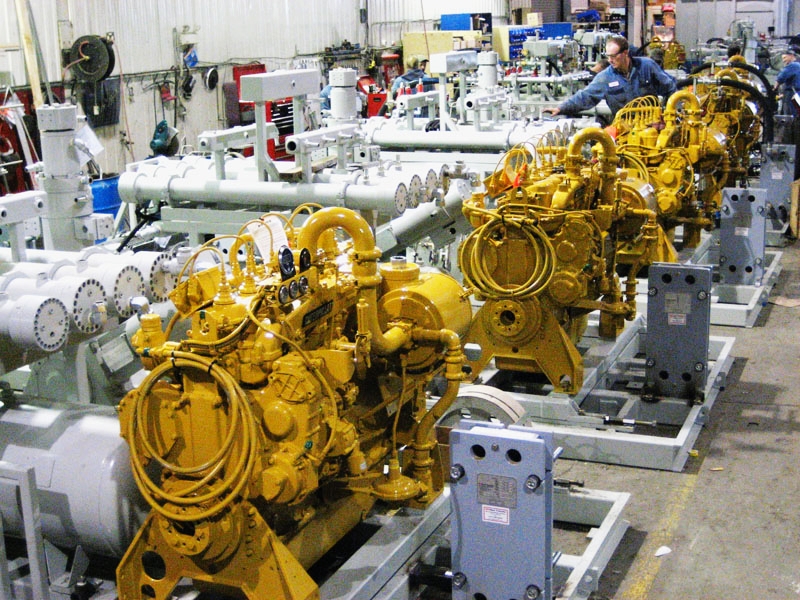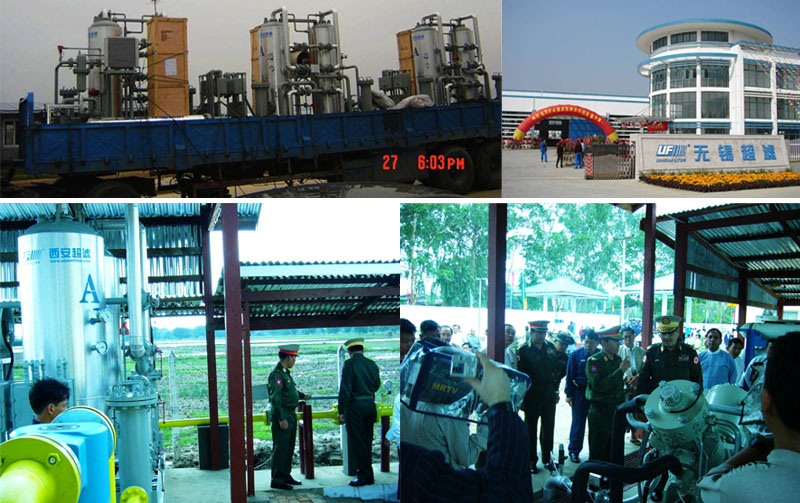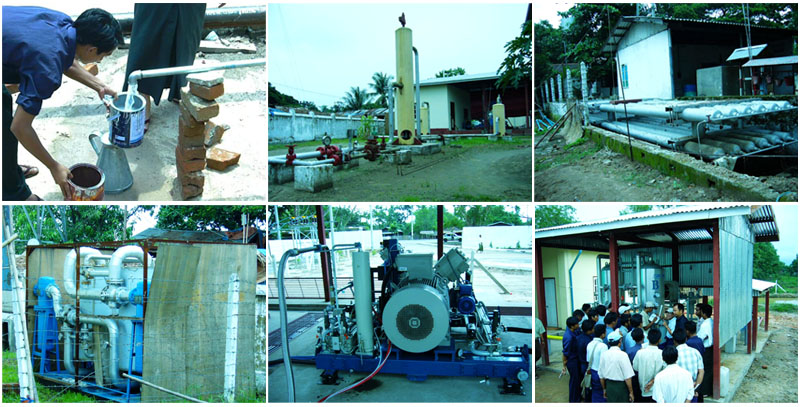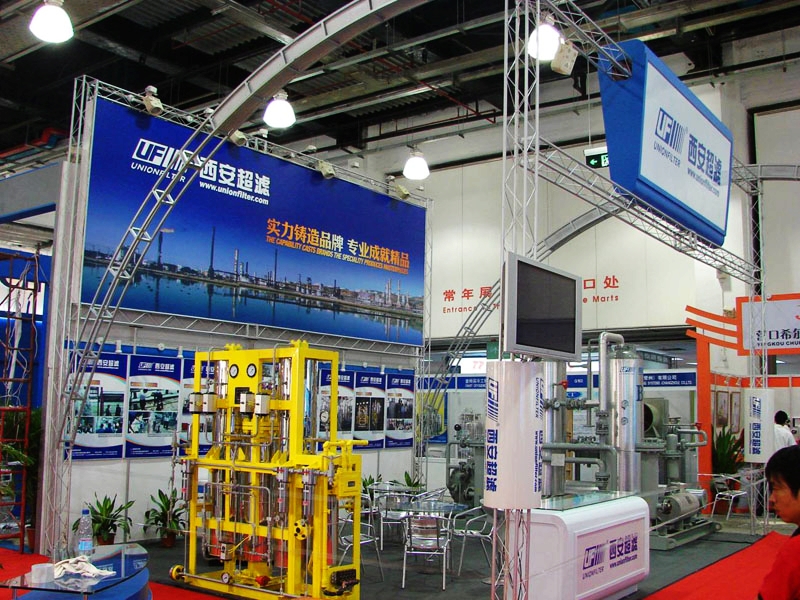News
Analysis of the Dehydration Device at the CNG Refueling Station's Outlet in Myanmar Case
Author:Editor:adminHits:118 Date:2025-07-22
Abstract: Based on the case of the CNG vehicle refueling station dehydration device exported by our company to Myanmar, this paper points out the risks of "functional deactivation" of "Made in China" in this field, as well as the necessity for Chinese enterprises to fulfill international social responsibilities.
1. Introduction:
When natural gas accounted for 3% of China's primary energy mix, the average level in Asia had reached 8.8%, and the world average had exceeded 24%. The Chinese natural gas industry, from its very beginning, was integrated into the global development process. Enterprises engaged in the CNG industry must confront the pressure and challenges of both the domestic and international markets. Enterprises engaged in the export of CNG products, like other "Made in China" products, must assume the international social responsibility for product quality and system safety, and must maintain the reputation of "Made in China" as well as the national and ethnic image.
2. Current status of CNG construction and development in China and its neighboring Asian countries:

3. Insights from the Xian Ultrafiltration Plant's Export to Myanmar:


The installed equipment is operating well. Among the four systems, the compressors, gas storage tanks, and gas dispensers are all provided by Italian SAFE, while the dehydration unit is purchased from China. Nine high-standard refueling stations have been successfully put into operation, which have had a significant impact in Myanmar and neighboring countries. The main points are as follows:
<1> Purchasing high-standard equipment has improved the cost-effectiveness and has been widely recognized. In contrast, low-priced and low-quality refueling stations have received less attention. The Myanmar side has clearly stated that in the future, the construction of stations will follow this standard, and the equipment of the previously built 24 low-standard refueling stations will be phased out and updated as soon as possible;
<2> The dehydration system has been successfully applied with remarkable results, and has received widespread attention and recognition. Before this, a total of 24 stations were introduced and built across Myanmar (mainly concentrated in Yangon, the capital). Due to the lack of experience and misleading suppliers, all 24 stations did not install the dehydration system but only equipped with simple separation tanks and filters, which was a typical "defunctionality" low-price sales model. The new nine stations' drying and dehydration system has a considerable drainage volume, which has verified the objective existence of moisture in the Southeast Asian pipeline network and its direct harm to compressors and other equipment. The Italian on-site technical supervisor was very angry about a debugging incident of a compressor that was not dried as required and explicitly stated that this machine would not be covered by warranty. During the commissioning of the new 9 stations, the Myanmar side convened the station managers of the previous 24 stations for on-site training, learning the principles, structure, and actual operation essentials of the drying and dehydration system, in order to make technical preparations for subsequent updates and renovations.
4. Re-understanding of the function of the dehydration system:
The dehydration system, one of the four major equipment in CNG refueling stations, has three basic functions or purposes:
<1> To avoid system ice blockage, because the Joule-Thomson effect of natural gas is more intense than that of ordinary gases. For example, when the pressure of compressed air drops by 1 bar, its temperature drops by approximately 0.1℃, while for compressed natural gas, the temperature drops by approximately 0.4℃, and its Joule-Thomson effect is 4 times that of compressed air. The internal pipelines, valves, and many other parts of the gas station and the vehicles themselves have throttling holes, which are prone to cause large pressure drops and large temperature differences, resulting in the gas temperature in the pipes dropping sharply to several tens of degrees below zero, far lower than the local minimum ambient temperature. Therefore, the moisture content required by the CNG system is much lower than that required by the pipeline network for transportation. Based on experience, in southern China when the dew point temperature of the gas is higher than -35℃, in northern regions it is higher than -45℃, and in cold regions such as Northeast and Xinjiang it is higher than -55℃, there is a possibility of ice blockage, and high-pressure and low-temperature conditions may also cause hydrate blockage of the pipeline system, resulting in the refueling station being unable to achieve normal refueling, and the vehicle being unable to start and operate.
<2> To avoid corrosion of equipment, pipelines, storage tanks, etc., and the generation of "hydrogen embrittlement". Literature [2] states: Of the 85 gas cylinder explosion accidents nationwide, the main cause is excessive gas quality, leading to corrosion, and "hydrogen embrittlement" caused.
<3> To avoid the accumulation of water (oil, hydrocarbons). According to literature [2], after two years of use in taxis, when conducting maintenance and inspection, about 0.5 to 1 liters of oil-water mixture can often be poured out. It is also reported that when hydraulic sub-stations were promoted in China and Thailand, the lifespan of some sub-station hydraulic oil was extremely low. After investigation, it was found that most of this was due to the high moisture, hydrocarbon content, and CO2 content of the gas transported by the mother station.
China once conducted a survey of 135 refueling stations, and 85% of them had water dew point deviations. However, China still has standards to follow, and most refueling stations have set up dehydration systems in accordance with regulations. Although most of the dehydration systems are of poor quality or operate improperly, some are simply ineffective and are not turned on except during winter or for inspections, leaving potential safety hazards for the future or passing them on to downstream and terminal customers.

In recent years, the CNG market has been booming, and the export of "Made in China" products has increased significantly. To compete for orders, some exporters have lowered prices in their bids, sold inferior products as good ones, and small ones as large ones. The phenomenon of "de-functionalization" is widespread. They irresponsibly take advantage of the higher temperatures in Southeast Asia, which are less likely to cause ice blockages, misleading the station builders to omit the dehydration device, leaving endless potential hazards for the equipment and personal safety of other countries. Such a behavior that disregards international social responsibility, is eager for quick success and short-sightedness, harms both others and oneself. It deserves serious attention from the Chinese government, relevant departments, experts and entrepreneurs. Chinese CNG equipment manufacturers should transform their economic development model, participate in international competition with quality and efficiency, and provide the best products and systems to serve global customers.
Reference [1]: "Industry Development Report 2007-9" - China General Machinery Industry Association
Reference [2]: "Some Observations on Safety Technology of CNG Filling Stations" - Sichuan Petroleum Administration Bureau - Zhu Qingcheng - West Huaxia University - Huang Haibo



